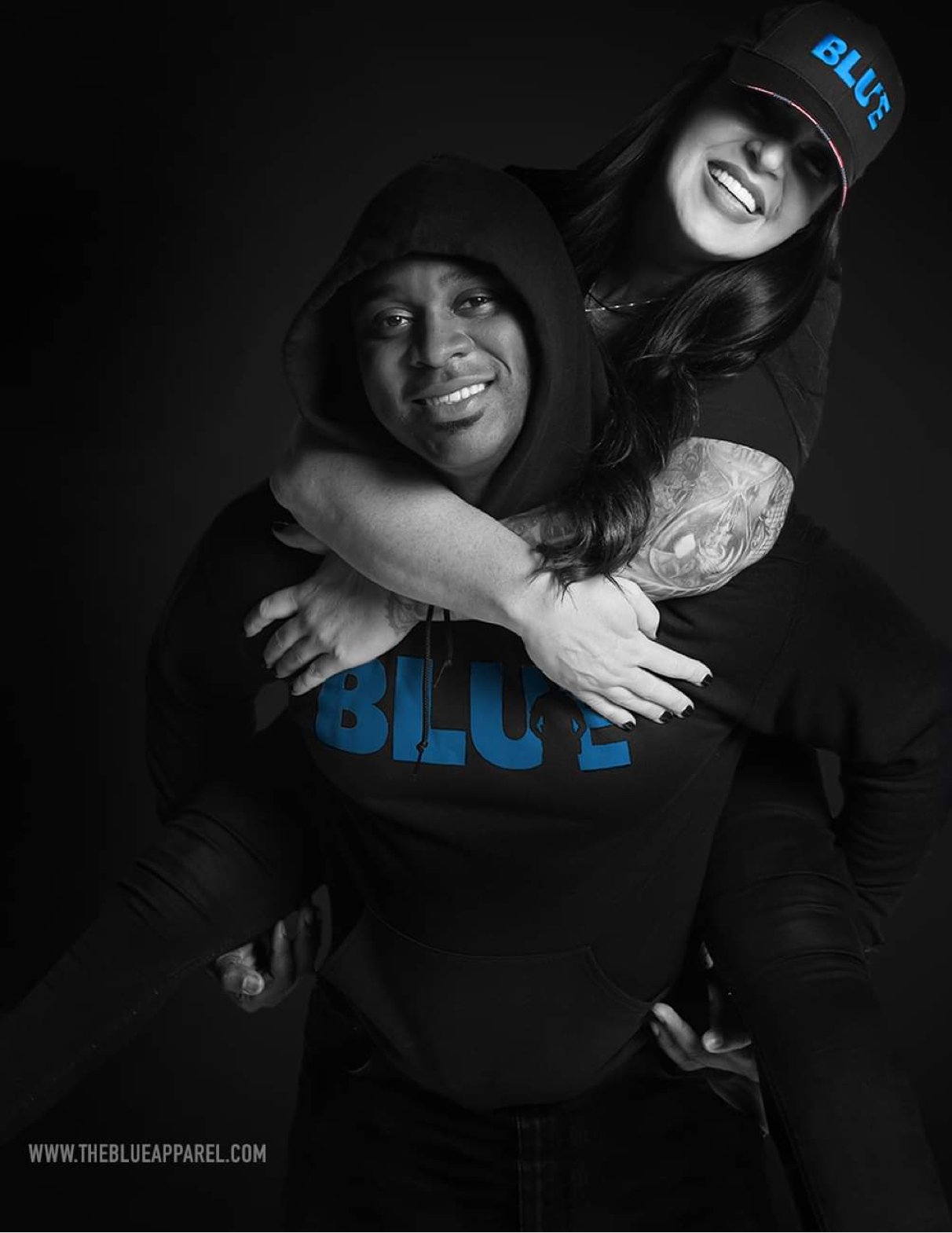Welcome to the Club
/A recent news story details that police departments across the country are experiencing a mad dash for the exits by police chiefs in large metropolitan departments across the country and that these agencies are finding it difficult to find replacements. Boy is that a switch. My experience after 40 years in law enforcement in a large urban city and county and having served as sheriff for nearly 16 years has been that these positions were highly coveted and extremely competitive. Every one of my four elections were hotly contested. How could this have happened? I am about to tell you why these positions are no longer desired.
Let’s look at the reasons given by several chief executives after first looking at some data. A Gallup poll shows that confidence in law enforcement as a whole is at its lowest level in 30 years, with only 45% of respondents saying they had confidence. A Washington Post poll showed that only 39% believe that cops are properly trained in the use of force and only 41% said that police treat black and white people equally. The news story pointed out that heightened media scrutiny has chipped away at the public’s view of the policing profession.
Here are some comments from now-retired police chiefs. One said, “You are seeing the manifestation of the negative view of law enforcement for the last 10 years and it’s becoming more and more huge.” Another said, “… command staff will not accept a promotion because as you progress through your career, you want stability, you want to maintain your retirement. Wandering into that minefield of being a police chief can really put your whole career and financial security at risk.” I would be remiss if I didn’t jump on that comment like a bum on a baloney sandwich. This statement reeks of a sense that the best interest of his retirement is more important than the best interest of the organization and the people he leads. No wonder many of these self-serving people kept their head down as the profession was under attack.
Now this police chief knows what officers on the front line have been dealing with since the start of the war on cops began, after Ferguson, Missouri, officer Darren Wilson lawfully defended himself against a thug named Mike Brown who was trying to disarm the officer. I was one of the only law enforcement executives at the time standing up and publicly defending the honor, courage, integrity, commitment and sacrifice of the front-line police officers against this full-throated assault against this profession. Many chief executives stood by muted against these smears. Some even joined with the cop haters. I saw one picture of a California chief standing with Black Lives Matter agitators, and he held a sign that read Black Lives Matter. Other executives joined panels and task forces pushing police reform and BLM was represented at the table. BLM is a Marxist movement. They are straight-up cop haters. Why would any police chief sit down with people trying to destroy the profession? Additionally, some chiefs have banned the display of the thin blue line flag after complaints from Black Lives Matter. These chiefs said the flag doesn’t represent the values of the agency or the profession. Some chiefs quickly made the decision to fire officers involved in deadly use of force even before the investigation was concluded. This happened in Louisville and Baltimore. Due process was thrown overboard before court proceedings to appease an angry mob and to try to ward off riots. Some of the officers were exonerated. How do you put that toothpaste back in the tube?
What was needed was a counter-narrative by law enforcement bosses that could easily shoot down the lies being spread about police officers and thereby influence public opinion the other way and in support of police. Instead, we got capitulation and virtue signaling in an attempt to appease those making life miserable for front-line officers. All the public heard were the lies and misinformation. There is no evidence that supports any of the lies about police use of force. There are ample studies and data that shows that white officers are more likely to use deadly force against white perpetrators, not black perps. News stories left out the fact that many of the black perps killed by police were armed. Additionally, the use of deadly force has actually gone down significantly over the last decade.
I said at the time in 2014 that the damage being done to this profession would be profound and hard to reverse. I said it would hurt recruiting efforts in the future. Well, that day has arrived as agencies try to keep up with the flood of officers leaving the profession while hiring has stagnated. The front-line street cops needed to hear their agency head publicly defend them against the lies being promoted by the cop haters from Black Lives Matter, Antifa and Democrat politicians who got into bed with them. There should have been an aggressive pushback strategy against any attempt by mayors eager to enter into a consent decree with the United States Department of Justice. These hamper effective crime-fighting strategies The silence from chief executives on this was deafening.
Leadership was absent and only now we are hearing from chiefs. Most of them have their pension secured. Meanwhile the rank-and-file officers were leaving the profession, many of whom did not reach retirement age. All these years of service went up in smoke. It just wasn’t worth it anymore. I talk to law enforcement officers all across the country. The number one thing they say to me is that they don’t feel they have the support of their department head. That is very telling.
Another problem is the musical chairs played by chief executives who hop from one agency to another. They quit one agency and then are hired by another. This merry-go-round is the creation of the Police Executive Research Foundation. They advise mayors on who to hire. This has been a failed head-hunting experiment and needs to stop. And let the police union and Fraternal Order of Police have a seat at the table when the search is in progress and not after a selection has been made.
And only now are we hearing about how tough it has been from police chief executives. Myself? I don’t want to hear them whine and lament about how tough they had it while making salaries that average a quarter of a million dollars a year. How many of them have been injured or killed in the line of duty? And while rank and file cops are experiencing record numbers of suicides due to the stresses of the work environment, how many chiefs have committed suicide?
In the end I only want to hear from street cops. The executives can just go away.
Sheriff David A. Clarke Jr. is former Sheriff of Milwaukee Co, Wisconsin, President of America’s Sheriff LLC, President of Rise Up Wisconsin INC, Board member of the Crime Research Center, author of the book Cop Under Fire: Beyond Hashtags of Race Crime and Politics for a Better America. To learn more visit www.americassheriff.com
























































